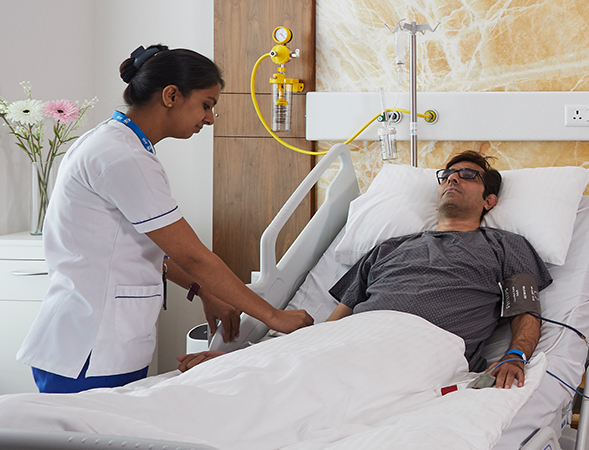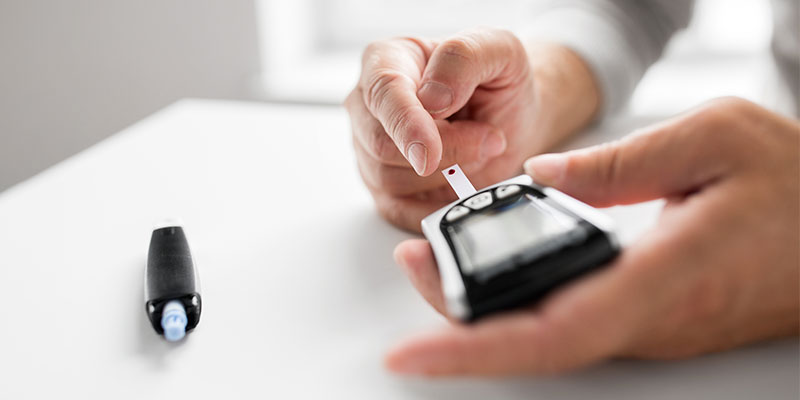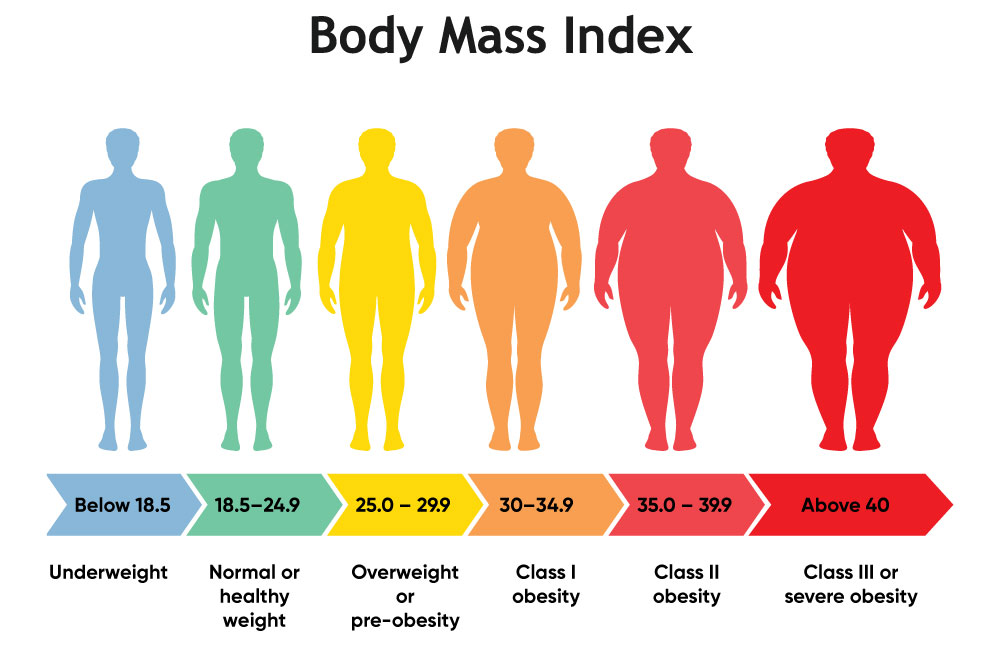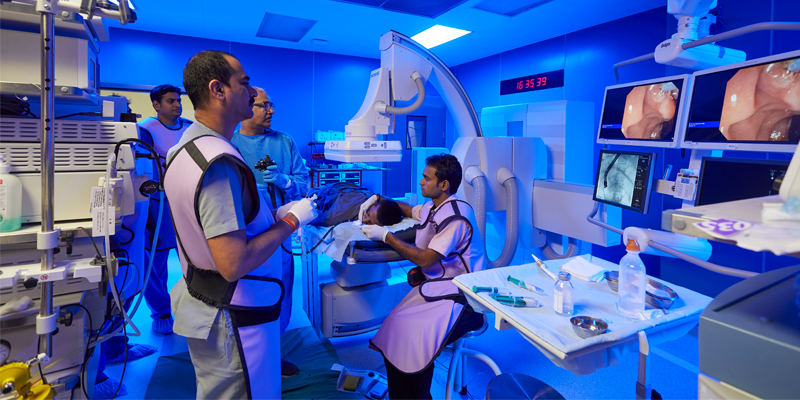Type-2 diabetes is a metabolic disorder and many treatments including lifestyle modifications and oral or injectable medications, have been sorted out to manage this condition better. Despite a wide choice of options, the patient’s blood sugar is not controlled well, and the medication has its own side effects in the long run. But now, a new approach has been adapted to correct the metabolic disorder and reduce the blood sugar with the help of a procedure called “Duodenal Mucosal Resurfacing”. It is a minimally invasive procedure after which the patient can leave on the same day.
Type-2 diabetes is caused by various factors, of which, nutrient absorption, hormone-producing cell population, abnormalities in the duodenal mucosa are thought to have a pathophysiological role. Duodenum, the first part of the small intestine, is where the absorption of nutrients begins and the hormones that control blood glucose levels are produced.
Duodenal mucosal ablation safely alters the inner surface of the duodenum, which changes the absorption of nutrients and intake of glucose levels, thereby improving the control of blood sugar levels.






